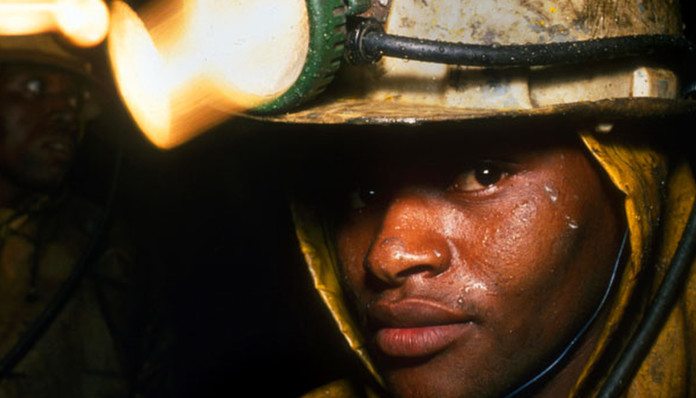
THE digital transformation being brought about by the fourth industrial revolution (4IR) was critical for future improvements in health and safety on South Africa’s mines, according to Minerals Council CEO, Roger Baxter.
The Minerals Council announced today provisional figures showing fatalities on South African mines had increased to 58 in 2020 compared to the record low of 49 fatalities in 2019. South Africa’s Department of Mineral Resources and Energy was due to provide confirmation of the safety numbers this month.
Baxter was responding to the findings of a 2020 survey on 4IR in South African mining carried out by the Minerals Council in collaboration with accounting and consulting firm PWC.
The survey was conducted by interviewing 23 executives across 19 members of the Minerals Council. One of its key findings was that 83% of the respondents identified a direct relationship between 4IR technologies and the health and safety of their workforces.
The executives also stressed that health and safety was their number one priority. Many investments were motivated by this consideration and were driven both by legislation and initiatives from the mining companies themselves.
The survey also indicated that the increasing implementation of 4IR technologies would have major implications for the mining industry’s workforce which was expected to undergo significant changes over the next five years with a transition to more skilled employees and a drop in unskilled employees numbers.
Such employees will have to be paid more but most respondents believed the resulting gains in productivity would more than offset the higher labour costs involved.
“The Minerals Council advocates a people-centric, 4IR enabled approach to modernisation of the sector. With the high levels of unemployment, poverty, and inequality, a pure technology-focused approach will not be socially acceptable,” said Baxter. “It is hence encouraging that this report does not only focus on technological issues but also on issues related to culture and the upskilling and /or reskilling of the workforce.”
Speaking on a webinar, PWC executive, Ian Mackay, commented: “We found that people are focussing a great deal on upskilling and also there are a lot of technologies that people can use without having to be formally skilled. Think about the example of the iPhone which came out without instructions and is intuitive to learn.
“What we could see from the survey was that people were trying to take their workforces with them and upskill as they go. Nobody is saying they want to exchange workforces because that is simply not practical. Miners are also intensely loyal to their workforces.”
Said Baxter: “This is about a just transition towards a more 4IR enabled capability and not simply changing people for robots or technology.
“We don’t have that many semi-skilled workers left in the industry. More than half the mining industry’s employees work in environments that are already fairly highly mechanised so their skill levels are not the typical drill and blast skills of the past.”
Commenting on the provisional safety numbers for last year, Minerals Council president, Mxolisi Mgojo, said: “It is a regression we will not accept.” Falls of ground in the platinum and gold sectors were among the major causes of fatalities last year, as well as transport-related accidents in the coal and platinum sector.
The council launched its Khumbul’ekhaya (remember home) initiative last year which was a CEO-led movement to improve mine safety. Fatalities have been generally declining year-on-year: in 2010, some 127 fatalities were recorded. There was last an increase in deaths in 2019 when 90 people lost their lives in mining compared to 73 people in 2016.











